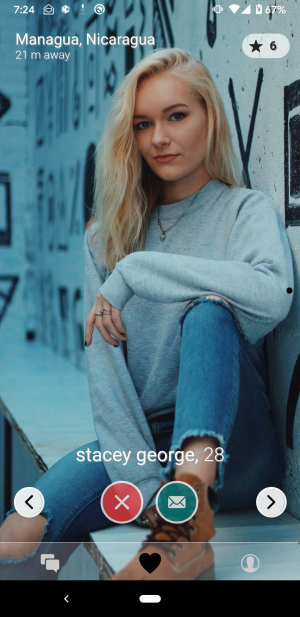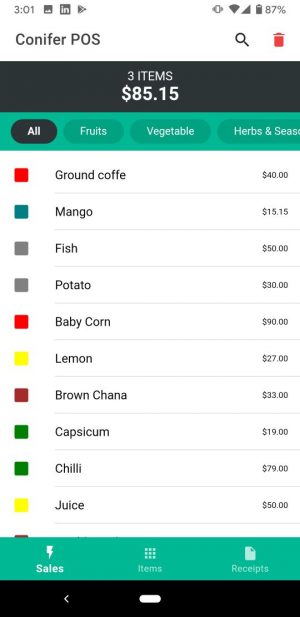Introduction
With the growing demand for modern and sophisticated desktop applications, web developers are constantly looking for tools and frameworks that can help them build cross-platform applications. Electron.js is a popular open-source framework that allows developers to create native-like applications using web technologies such as HTML, CSS, and JavaScript. While Electron.js makes it easy to build desktop applications, building responsive user interfaces can be challenging. In this article, we will explore some best practices for creating responsive user interfaces with Electron.js.
Understanding the Basics of Electron.js
Electron.js is a popular open-source framework that enables developers to build cross-platform desktop applications using web technologies such as HTML, CSS, and JavaScript. Electron.js uses Chromium and Node.js to provide a native-like experience to users. It also provides access to native features and APIs, making it easy to build powerful desktop applications.
Importance of Responsive Design in Desktop Applications
Responsive design is crucial for modern desktop applications. With the increasing use of multiple devices with varying screen sizes, it is essential to ensure that the application’s user interface is adaptable to different screen sizes. A responsive design can improve the user experience by providing a consistent and intuitive interface across different devices.
Principles of Responsive Design
The principles of responsive design involve creating a flexible layout that adapts to different screen sizes. This involves using fluid measurements such as percentages and ems instead of fixed pixels. The design should also consider the use of white space and typography to ensure readability across different devices. Other principles include prioritizing content, optimizing images and media, and using responsive breakpoints to target different screen sizes.
Designing for Different Screen Sizes
Designing for different screen sizes involves understanding the device’s screen resolution and orientation. It is important to design for both landscape and portrait orientations and consider the device’s pixel density. The user interface should also be optimized for touch and mouse input, depending on the device.
Building Fluid Layouts with CSS Grid and Flexbox
CSS Grid and Flexbox are powerful tools for creating flexible layouts that adapt to different screen sizes. CSS Grid provides a two-dimensional grid system that allows developers to create complex layouts with ease. Flexbox provides a one-dimensional layout system that allows developers to align and distribute content in a flexible manner.
Working with Images and Media
Images and media can significantly impact the performance of a responsive user interface. To optimize performance, it is essential to use the appropriate file formats, compress images and videos, and lazy load content to reduce the initial load time.
Optimizing Performance for Responsive User Interfaces
Optimizing performance is crucial for a responsive user interface. This involves reducing the number of HTTP requests, minifying CSS and JavaScript files, and using a content delivery network (CDN) to deliver static assets quickly.
Testing and Debugging Responsive Interfaces
Testing and debugging a responsive interface involves using various tools and techniques such as device emulation, browser developer tools, and user testing. It is essential to test the interface on different devices, browsers, and screen sizes to ensure a consistent user experience.
Best Practices for Responsive Electron.js Applications
To create responsive Electron.js applications, developers should follow these best practices:
- Use fluid measurements such as percentages and ems instead of fixed pixels.
- Design for different screen sizes and orientations.
- Prioritize content and use white space and typography to improve readability.
- Build flexible layouts with CSS Grid and Flexbox.
- Optimize images and media to improve performance.
- Use a content delivery network (CDN) to deliver static assets quickly.
- Test and debug the interface on different devices, browsers, and screen sizes.
By following these best practices, developers can ensure that their Electron.js applications provide a consistent and intuitive user experience across different devices and screen sizes.
Conclusion
Creating responsive user interfaces with Electron.js can be challenging, but by following the best practices outlined in this article, developers can build powerful and intuitive desktop applications that work seamlessly on different devices and screen sizes. From designing for different screen sizes to optimizing performance, these best practices can help developers create responsive user interfaces that enhance the user experience.
FAQs
- What is Electron.js?
Electron.js is an open-source framework that enables developers to build cross-platform desktop applications using web technologies such as HTML, CSS, and JavaScript.
- Why is responsive design important in desktop applications?
Responsive design is crucial for modern desktop applications because it ensures that the user interface is adaptable to different screen sizes and provides a consistent and intuitive interface across different devices.
- What are the principles of responsive design?
The principles of responsive design involve creating a flexible layout that adapts to different screen sizes, prioritizing content, optimizing images and media, and using responsive breakpoints to target different screen sizes.
- How can developers optimize performance for responsive user interfaces?
Developers can optimize performance for responsive user interfaces by reducing the number of HTTP requests, minifying CSS and JavaScript files, using a content delivery network (CDN) to deliver static assets quickly, and optimizing images and media.
- What are the best practices for creating responsive Electron.js applications?
The best practices for creating responsive Electron.js applications include using fluid measurements such as percentages and ems instead of fixed pixels, designing for different screen sizes and orientations, building flexible layouts with CSS Grid and Flexbox, optimizing images and media, using a content delivery network (CDN), and testing and debugging the interface on different devices, browsers, and screen sizes.





